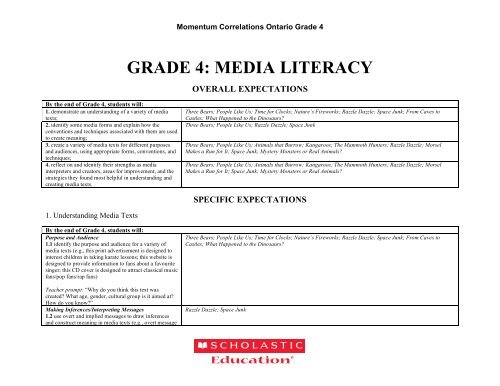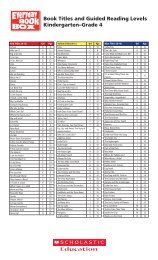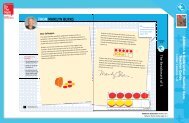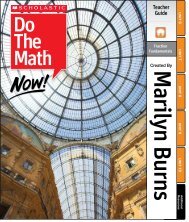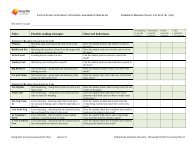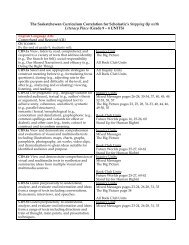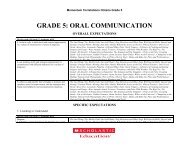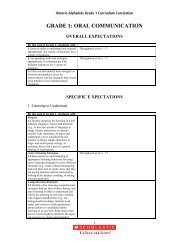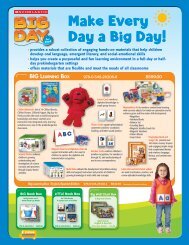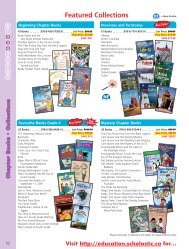GRADE 4: ORAL COMMUNICATION - Scholastic Education
GRADE 4: ORAL COMMUNICATION - Scholastic Education
GRADE 4: ORAL COMMUNICATION - Scholastic Education
You also want an ePaper? Increase the reach of your titles
YUMPU automatically turns print PDFs into web optimized ePapers that Google loves.
Momentum Correlations Ontario Grade 4<strong>GRADE</strong> 4: MEDIA LITERACYOVERALL EXPECTATIONSBy the end of Grade 4, students will:1. demonstrate an understanding of a variety of mediatexts;2. identify some media forms and explain how theconventions and techniques associated with them are usedto create meaning;3. create a variety of media texts for different purposesand audiences, using appropriate forms, conventions, andtechniques;4. reflect on and identify their strengths as mediainterpreters and creators, areas for improvement, and thestrategies they found most helpful in understanding andcreating media texts.Three Bears; People Like Us; Time for Clocks; Nature’s Fireworks; Razzle Dazzle; Space Junk; From Caves toCastles; What Happened to the Dinosaurs?Three Bears; People Like Us; Razzle Dazzle; Space JunkThree Bears; People Like Us; Animals that Burrow; Kangaroos; The Mammoth Hunters; Razzle Dazzle; MorselMakes a Run for It; Space Junk; Mystery Monsters or Real Animals?Three Bears; People Like Us; Animals that Burrow; Kangaroos; The Mammoth Hunters; Razzle Dazzle; MorselMakes a Run for It; Space Junk; Mystery Monsters or Real Animals?SPECIFIC EXPECTATIONS1. Understanding Media TextsBy the end of Grade 4, students will:Purpose and Audience1.1 identify the purpose and audience for a variety ofmedia texts (e.g., this print advertisement is designed tointerest children in taking karate lessons; this website isdesigned to provide information to fans about a favouritesinger; this CD cover is designed to attract classical musicfans/pop fans/rap fans)Teacher prompt: “Why do you think this text wascreated? What age, gender, cultural group is it aimed at?How do you know?”Making Inferences/Interpreting Messages1.2 use overt and implied messages to draw inferencesand construct meaning in media texts (e.g., overt messageThree Bears; People Like Us; Time for Clocks; Nature’s Fireworks; Razzle Dazzle; Space Junk; From Caves toCastles; What Happened to the Dinosaurs?Razzle Dazzle; Space Junk


